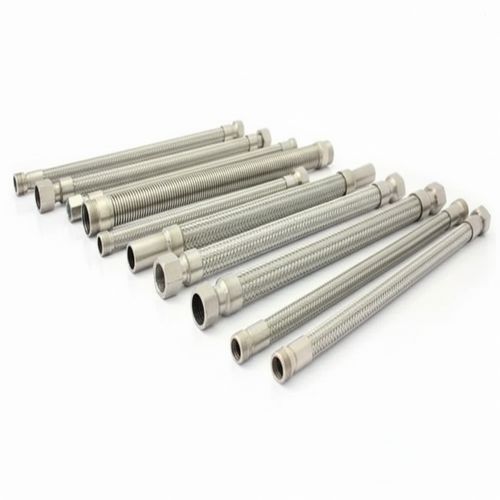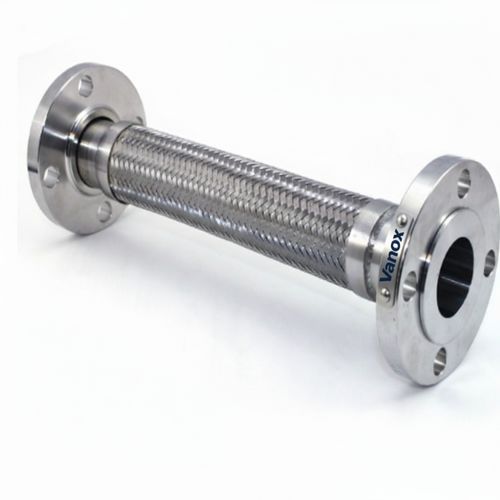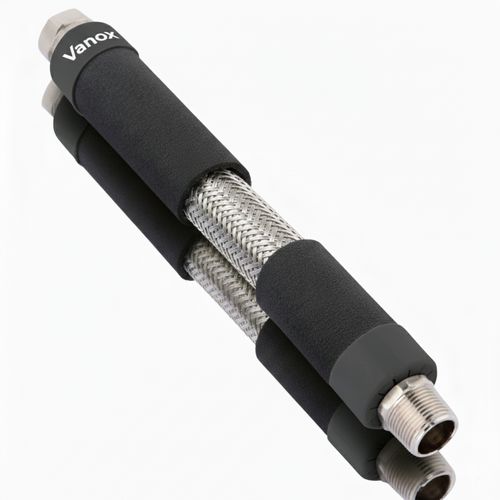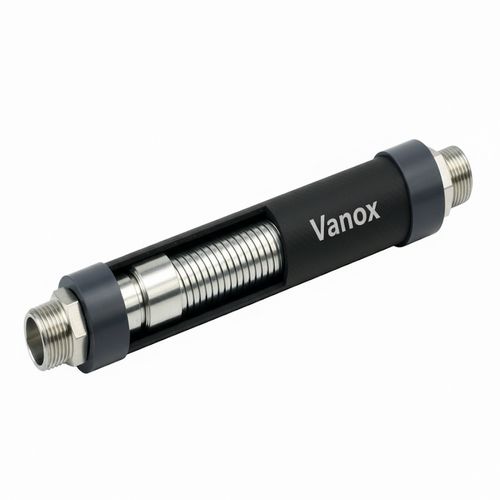Complete Guide to Stainless Steel Hoses: Braided and Non-Braided Types
Stainless steel hoses are among the most versatile and reliable components in modern industry. Known for their durability, corrosion resistance, and ability to withstand high pressure and temperature conditions, they are a preferred choice for engineers, manufacturers, and maintenance teams worldwide. Whether you are looking for braided stainless steel hoses or non-braided stainless steel hoses, understanding their construction, advantages, and applications will help you select the right type for your project.
What is a Stainless Steel Hose?
A stainless steel hose is a flexible conduit used to transport liquids, gases, or steam under demanding conditions. Unlike conventional rubber or plastic hoses, stainless steel versions are designed to endure harsh environments. They are commonly made from high-grade stainless steel such as AISI 304, 316, or 321, which ensures resistance to rust, oxidation, and mechanical wear.
These hoses are also called metal hoses or corrugated stainless steel hoses because of their unique structure. The corrugation provides flexibility, while optional braiding adds strength and pressure resistance. Their unique design makes them suitable for industries such as petrochemical, automotive, aerospace, construction, marine, and food processing.
Structure of Stainless Steel Hoses
To understand the benefits of stainless steel hoses, it is essential to know their structure. A typical hose consists of three key elements:
- Corrugated tube – the main flexible stainless steel tube that transports fluids.
- Outer braid (optional) – one or more layers of stainless steel wire braiding that increase strength and pressure resistance.
- End fittings – connectors such as flanges, threaded fittings, or quick couplings that link the hose to equipment.
Braided Stainless Steel Hoses
Braided stainless steel hoses are reinforced with one or more layers of woven stainless steel wire. This braided covering not only enhances mechanical strength but also prevents the hose from elongating under pressure. They are ideal for applications where both flexibility and high-pressure resistance are required.
Advantages of Braided Hoses
- High pressure resistance – can handle extreme internal pressures without deformation.
- Durability – resistant to abrasion and external damage.
- Prevention of kinking – maintains its form even under bending stress.
- Long service life – withstands continuous use in demanding conditions.
Common Applications
- Hydraulic systems in industrial machinery.
- Gas supply lines in residential and commercial setups.
- Automotive brake lines and fuel systems.
- Oil and chemical transfer in refineries.
- HVAC (Heating, Ventilation, and Air Conditioning) systems.
Non-Braided Stainless Steel Hoses
Non-braided stainless steel hoses consist solely of the corrugated metal tube without an outer wire braid. While they offer greater flexibility, they cannot handle as much pressure as braided hoses. These hoses are often used where movement and vibration absorption are more important than pressure resistance.
Advantages of Non-Braided Hoses
- Greater flexibility – can be bent easily, making installation in tight spaces simple.
- Lightweight – easier to handle compared to braided hoses.
- Cost-effective – less material used, making them cheaper.
- Effective vibration absorption – reduces noise and stress in piping systems.
Common Applications
- Connection of pumps and compressors.
- Low-pressure gas or water transfer systems.
- Absorption of vibration in piping networks.
- Flexible joints in residential plumbing.
- Systems with frequent movement or expansion.
Types of Stainless Steel Hoses Based on Material
The performance of a stainless steel hose also depends on the material grade:
- Stainless Steel 304 – general-purpose, good corrosion resistance, cost-effective.
- Stainless Steel 316 – superior corrosion resistance, especially in marine or chemical environments.
- Stainless Steel 321 – high-temperature resistance, suitable for exhaust and aerospace applications.
End Fittings and Connections
End fittings are crucial for proper hose function. Common types include:
- Threaded fittings – NPT, BSP, or metric threads for secure connections.
- Flanges – used for industrial piping and heavy-duty applications.
- Quick couplings – for easy disconnection and reconnection.
- Welded ends – permanent connections in high-security systems.
Key Benefits of Stainless Steel Hoses
- Corrosion resistance – suitable for use with chemicals, seawater, and steam.
- High temperature tolerance – withstands extreme hot and cold conditions.
- Strength under pressure – maintains integrity in demanding environments.
- Hygienic properties – ideal for food, beverage, and pharmaceutical industries.
- Fire resistance – unlike plastic hoses, stainless steel hoses remain intact in high heat.
Maintenance Tips
Proper maintenance ensures long service life:
- Always install hoses with the correct bend radius to avoid stress.
- Do not exceed rated pressure or temperature limits.
- Regularly inspect hoses for signs of wear or leakage.
- Ensure proper support and avoid torsional stress.
- Replace worn-out end fittings promptly.
Industries That Rely on Stainless Steel Hoses
Some of the industries where stainless steel hoses are indispensable include:
- Oil and Gas – transfer of crude oil, petroleum, and gas products.
- Chemical Processing – safe handling of corrosive chemicals.
- Automotive – fuel lines, exhaust systems, hydraulic systems.
- Aerospace – lightweight yet strong hoses for critical systems.
- Marine – seawater and brine-resistant applications.
- Construction – vibration absorption and flexible piping solutions.
Stainless Steel Hoses vs. Rubber/Plastic Hoses
| Feature | Stainless Steel Hose | Rubber/Plastic Hose |
|---|---|---|
| Durability | Very high, long service life | Limited lifespan |
| Pressure resistance | Handles very high pressure | Low to medium pressure |
| Temperature tolerance | -200°C to +600°C | -30°C to +100°C |
| Corrosion resistance | Excellent | Poor to moderate |
| Flexibility | Good, but less than rubber | Excellent flexibility |
| Cost | Higher upfront investment | Cheaper initially |
Conclusion
Stainless steel hoses, whether braided or non-braided, offer unmatched performance for industries that require safety, reliability, and strength. Braided hoses provide superior pressure resistance and durability, while non-braided hoses deliver maximum flexibility for low-pressure and vibration-sensitive applications. Choosing the right type depends on your specific requirements, but in all cases, stainless steel hoses ensure long-lasting efficiency, reduced downtime, and overall cost savings in the long run.
If you are in search of reliable solutions for fluid transfer, heat resistance, or chemical safety, stainless steel hoses are the gold standard. Their combination of strength, versatility, and resilience makes them a critical component across industries worldwide.



